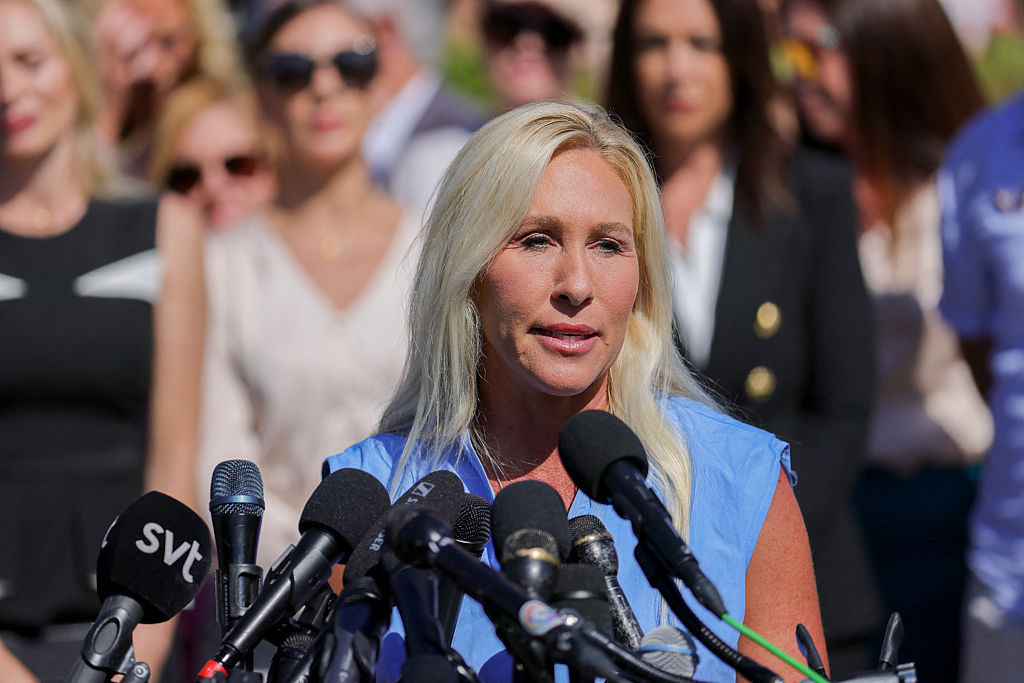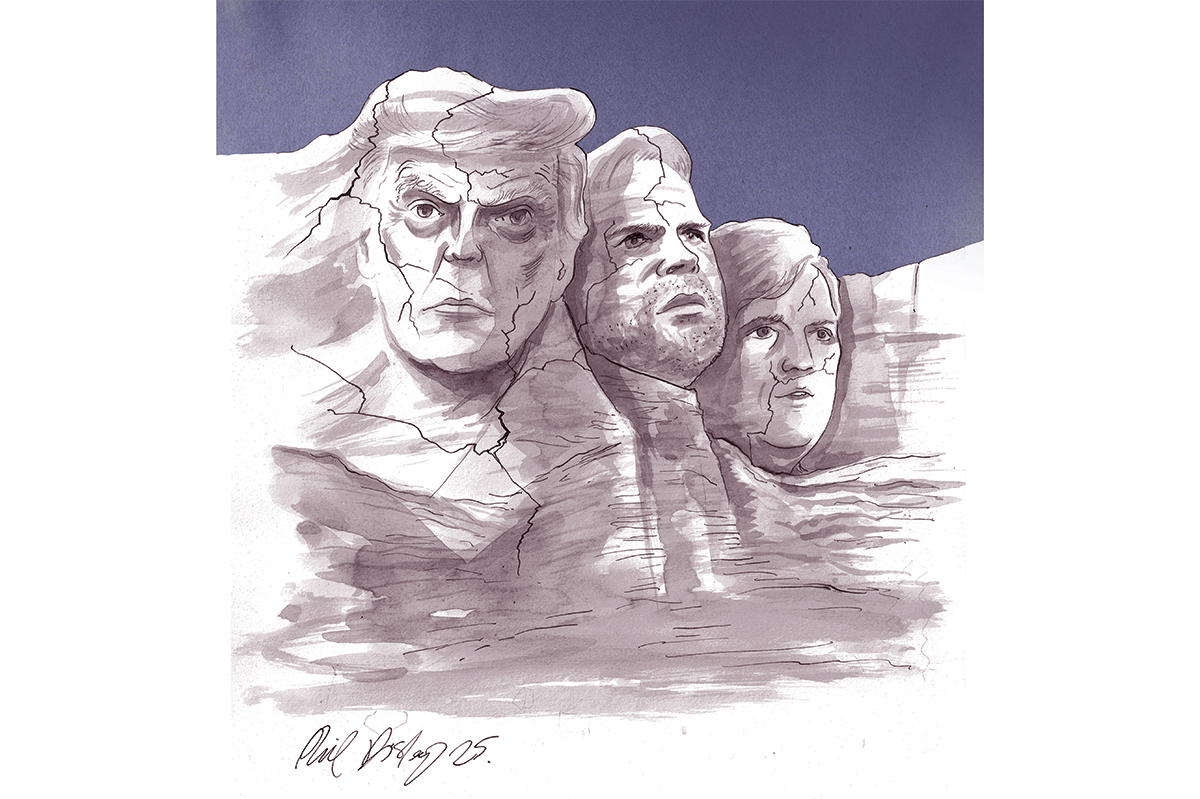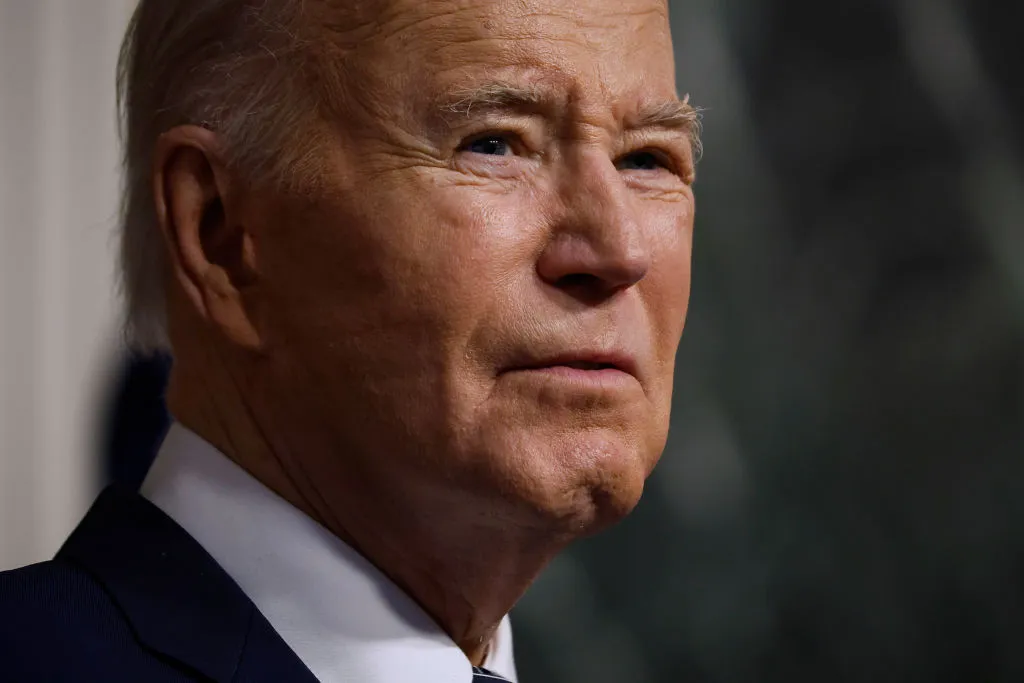Until a couple of weeks ago, the clothing company American Eagle was mainly known as a kind of low-rent Levi’s. Founded in 1977, headquartered in Pennsylvania, the firm – specializing in denim, casual wear and kids’ clothes – has quietly expanded into Europe, and beyond, without ever generating much excitement. Let alone a worldwide culture war.
All that changed in July, when the company launched a new ad campaign featuring the petite, sassy, curvaceously ubiquitous actress Sydney Sweeney – very much This Year’s Blonde – draping her desirable shape in the company’s clothes. Several ads have been made; they all feature variations on the line “Sydney Sweeney has great jeans.” A clear pun on genes.
The result, whether intended or not, has been online uproar. Entire data centers have been devoted to churning out TikTok reels and YouTube mewls where women – and it is nearly all women – complain about the ad blitz, denouncing its connotations of white supremacy, of eugenics, of Nazi racist hierarchy – and of enforcing 19th-century imperialist ideals of European beauty. All the more since Sweeney has been identified as a registered Republican in Florida. Some of the women complaining are white liberals, many are Asian or black (often in tears of fury or distress).
Sydney Sweeney, of course, is notably young, blonde, blue eyed – and white.
And there, I fancy, is the rub. What we are witnessing is not peculiarly or entirely a modern kulturkampf against renewed colonialist discourse. What we are witnessing is, as well, the age-old and rather awkward fact that pale/white women are perceived by almost all humanity as more desirable, and have been for all of recorded history. And this evokes – understandably – resentment, envy, anger, even rage, and now tearful TikToks, in others.
Don’t believe me? Think I’m trolling? Let me run you, like a blonde girl dancing through harvest corn in a retro cereal ad, by the plentiful evidence.
As long ago as 3000 BC Egyptian art shows high class women (or deities) as being desirably paler than males. This can be found on tiny faience figurines and enormous funereal paintings, and it persists for 30 centuries. Egyptian love poems also praise the pale skin of mortal sweethearts – the earliest written evidence for the preference. Again, this poetic trope lasted for millennia.
Moving on to Greece and Rome, we find the same pattern. Upperclass Greek women were so keen to enhance their whiteness they used toxic white lead as face paint (a phenomenon that recurs throughout history – think of England’s white virgin Queen, Gloriana).
The concept – white women best – was amplified in Imperial Rome. The poet Ovid explicitly mentions it in his work Medicamina Faciei Femineae. Like the Greeks (and so many others) high-status Roman women used dangerous cosmetics – cerussa – to preserve the wanted pallor. Cleopatra bathed in asses’ milk to accentuate the milkiness of her skin.
Nor is this exclusively a European and Middle Eastern phenomenon. In Ancient Han and Tang China, the preference for white-skinned women was deeply ingrained. The legendary beauty Wang Zhaojun was famed for her “pale skin.” Chinese women even drank “pearl powder” to achieve a pearly whiteness.
Further east, in Heian Japan, the yearning for whiteness was easily as marked, with porcelain pale skin seen as the acme of loveliness (think of white-painted geishas, even today). An enduring Japanese proverb says “white skin covers the seven flaws” implying that white skin is such an erotic prize, it can compensate for other physical or social disadvantages.
One of the most notable examples of this sociocultural phenomenon can be found – perhaps ironically – in Islam. Many know that dead jihadi warriors are promised “72 virgins in paradise,” but fewer realize that the Quran and various hadiths promise, overtly, that these wonderful virgins will be white: fragrant “houris” with skin so translucent you can “see the marrow in the bones.”
This urgent preference for white-skinned women runs throughout Islamic history. Early Islamic warriors were fired up for battle against Byzantium with the promise of “the white girls” they would find as booty within Byzantine cities. Over following centuries Muslim emirates, kingdoms and empires made plain their wants via the slave trade, where white women – especially blondes – fetched far higher prices in the slave markets of Constantinople.
Some historians have argued that the southwards Viking slave trade through Russia existed primarily to sate this imperious Muslim hunger for white-skinned blue-eyed blondes, fetched from the British Isles, northern Europe and Slavic countries. Circassian girls from the Caucasus mountains – famed for their soulful whiteness – were exported throughout the Islamic world, and this trade continued into the early 20th century.
The case is made, but not explained. Why has much of the world desired paler, whiter women? The obvious answer is that, through most of history, darker skin has denoted outdoor toil, farm work, poverty. The ability to avoid this and stay indoors, or under a parasol, soon became associated with high status and elite women, and thus a sun-less pallor became a near-universal preference.
There are also some highly contentious evolutionary explanations. Women of all ancestries tend to be paler than men, paleness therefore equals femininity, ergo “the more paleness the better.” There is also some evidence that female skin darkens as women age, so whiteness or paleness perhaps equates to youth, fertility, nubility. And desirability.
None of this denies that European colonizers – in the 19th century – imposed grotesque, racist European ideals of beauty across the world. Nor does this deny the real harm that rigid beauty standards can inflict. When young women of color grow up seeing only pale-skinned models celebrated in media, when skin-lightening creams cause genuine physical damage across Africa and Asia – these things are immoral or unjust. But the truth is, “white woman equals beautiful woman” is a concept so deeply rooted in human culture, right back to the Sumerians, it is probably ineradicable.
Will any of this matter to Sydney Sweeney and American Eagle? Maybe they will be intrigued that their ad campaign is perpetuating a stereotype that dates back to an early Egyptian poet near Luxor, who praised his lover’s “brilliantly white, shining skin.” They will probably be more excited by the fact that, as I write, American Eagle’s stock price has risen 10 percent.


























Leave a Reply